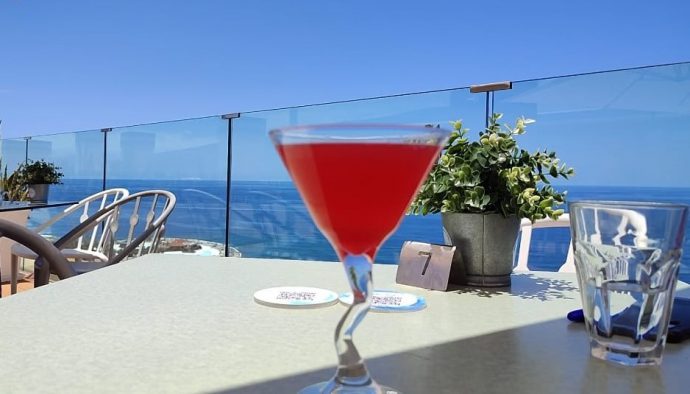A sense of relaxation and birdsong: that’s what I woke up to in the charming tourist town of Puerto de la Cruz. I’m staying in Hotel Tigaiga, a pleasant four-star lodging in the midst of the charming Taoro Park, a garden area overlooking the city. Its location provides guests with outstanding views from their rooms. Some face the sunrise, allowing you to see the park’s extensive plant life. The others face the sunset, the immense Teide mountain and the sea. Far away you can see the silhouette of the island of La Palma.
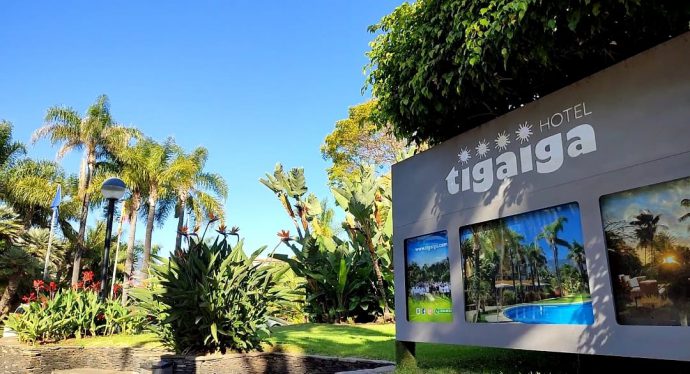
Tigaiga is one of the iconic hotels of Puerto de la Cruz. It started with a family, and has a great sense of environmental responsibility. To experience it, just take a walk around its model gardens full of palm trees. In fact, the hotel has more palm trees than beds! All this vegetation is nourished with bio-compost made by the hotel itself. It is also a pioneer in the installation of thermal solar energy panels providing self-sufficiency. There’s no doubt it’s a highly sustainable establishment.
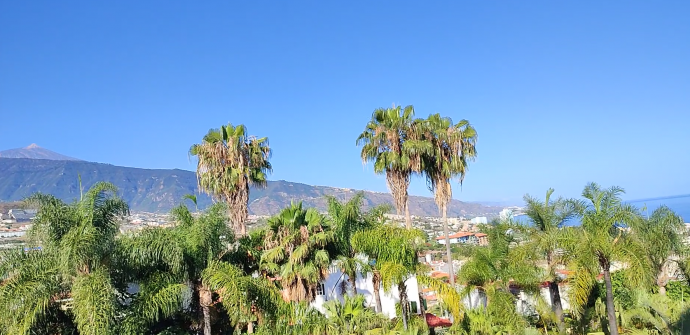
Its staff personify friendliness. I am received in the dining room with a smile, and a friendly, elegant man with a calm tone asks me how I have rested; me and the rest of the guests who accompany me in the little square where I go for breakfast, after being served fruit juice and eggs and bacon. I thank Enrique Talg, the hotel’s current manager, together with his sister Irene, and son of Enrique Talg, founder of Hotel Tigaiga, for their continued emphasis on sustainability at the establishment. He tells me they have new projects which are continuing with this idea.
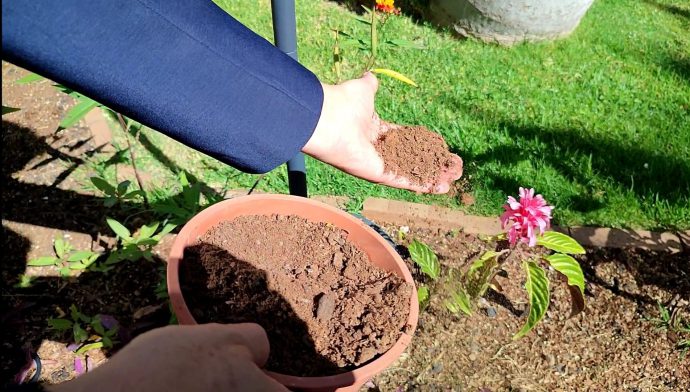
The Taoro Park, which envelops the hotel as part of its essence, is the green lung of Puerto de la Cruz. I feel it is a great place to exercise in the morning – or simply take a walk. After breakfast, I set off to explore, crossing paths with other tourists and locals who walk along its criss-crossing earth pathways forming endless circuits.
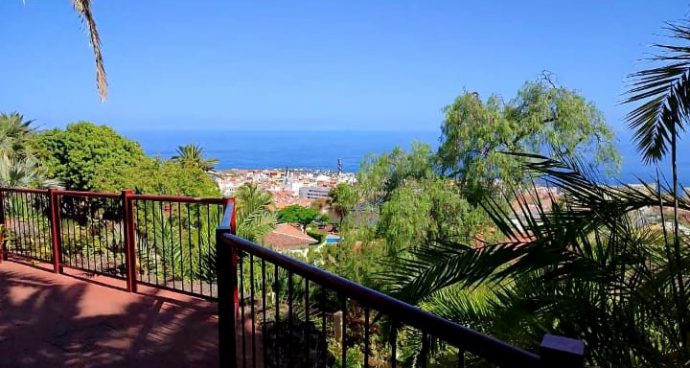
I walk down the mountain by stairs and ramps, flanked by luscious vegetation, and reach the centre of Puerto de la Cruz. I stroll along its streets, some of them cobbled, which preserve the essence of days gone by, until I reach the old Casa de Aduana customs house, now the Eduardo Westerdahl Museum of Contemporary Art (MACEW), and the Tourist Information Office of the Tenerife Island Council, which is my destination. Everyone is very friendly there. I am seen to by the longest-serving employee, Manuel Peña, who turns to me when I enter and says, ‘Good morning. How can we help you?’
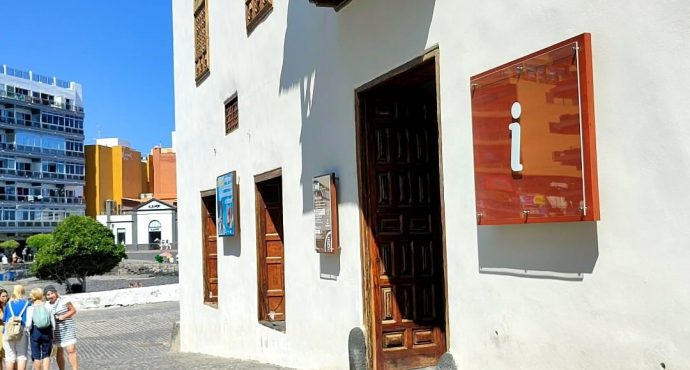
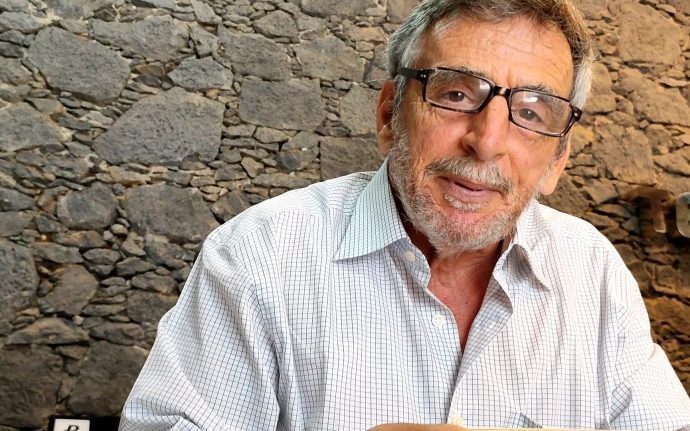
Manuel’s voice is polite and soft. When I tell him I’d like to get to know the town, he shows me a map, which he turns to match our position in the office, to make it easier for me to see where I am. He tells me that from the wharf, next to where we are, and the Charco square opposite, we can draw an imaginary line which divides the old town of Puerto de la Cruz into two halves: the older and humbler; and the more modern and originally more moneyed.
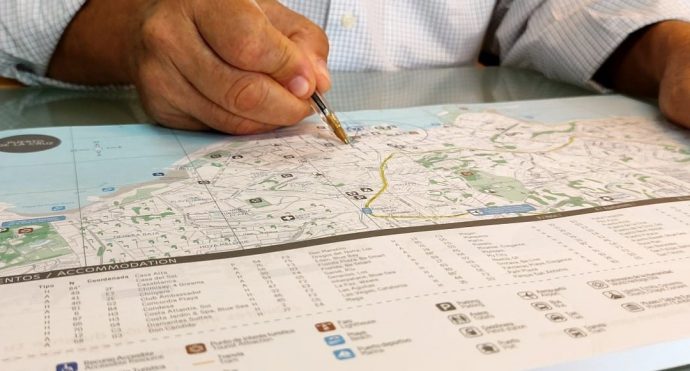
Manuel is a very passionate guide. It’s obvious that he loves his work! He gives us a brief introduction on the links between Puerto de la Cruz and the sea, and how the pounding of the waves led to the current design of the fishermen’s wharf. He tells us that today fewer fishing vessels go fishing every day than before, and that today the wharf is mainly a leisure and recreational area where the local population, and also some tourists, take a dip or a swim all year round.
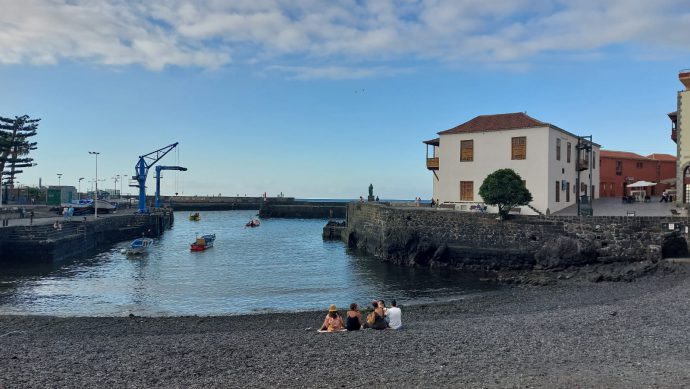
Following the route marked out for me by Manuel, I explore the most picturesque neighbourhood in the town: La Ranilla. Most of the houses there are bungalows, with colourful hip roofs. It’s all very colourful. Their origin dates from when Puerto de la Cruz was not a separate municipality, but part of La Orotava. The fishermen who lived higher up the mountain preferred to rest by the coast before making their way home at the end of the day. That was when the first homes began to appear, which have today been replaced by the houses we see on our walk along streets like Mequinez or El Lomo.
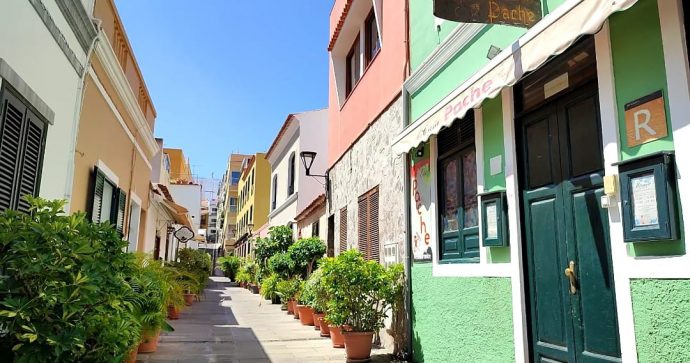
La Ranilla is clearly a neighbourhood with a great deal of life: craft shops, small restaurants and plenty of unique finds. Some houses have animals painted on their facades. They represent the nicknames of the families: ‘Goat’, ‘rat’, ‘cod’…
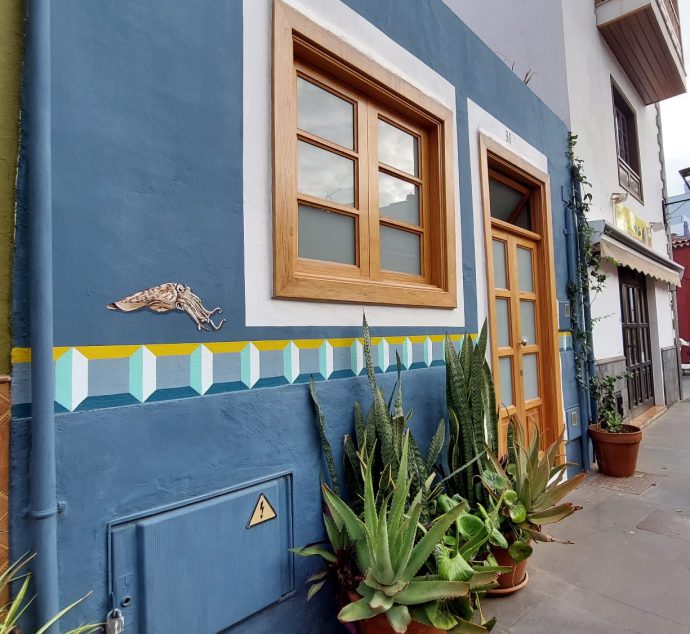
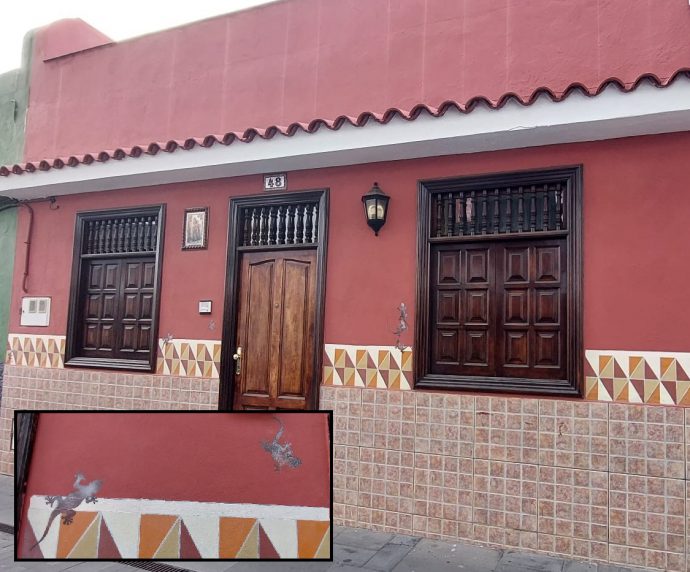
But there’s more: enormous murals adorn many of the walls of the biggest buildings, not only in La Ranilla, but in other points in the old town. Together they form an enormous open-air exhibition of street art. This initiative arose early in the 2000s, during the Mueca International Street Art Festival, which is held every year. The truth is that taking a walk around La Ranilla is, as Manuel says, like walking on an actual canvas.
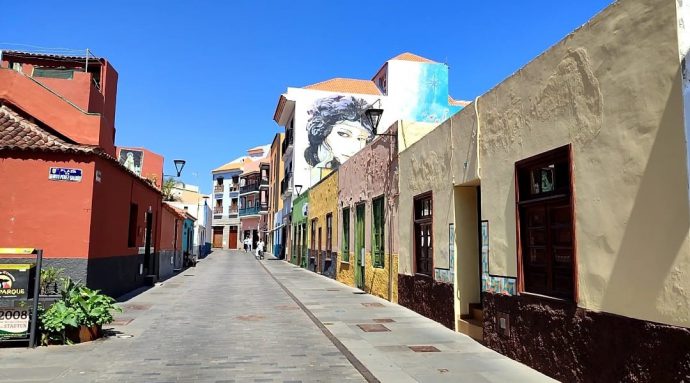
Moving along Calle Mequinez to ‘La Placeta’ (now officially called Plaza Benito Pérez Galdós), the streets of La Peñita, El Lomo or Puerto Viejo, the first part of our journey ends in the square Plaza del Charco (Pool Square), whose origin lies in the sea’s incursions up to this point. The locals began to meet around the pool of water that formed there, turning it into a place for gatherings. It’s still true today; though there’s no longer a pool, there is a fountain, a children’s playground and many benches where people chat in groups under the shadow of the trees. As I walk by, others are having a drink before eating at the outside tables of the restaurants and cafés which surround what is undoubtedly the most popular and busiest area in the port.
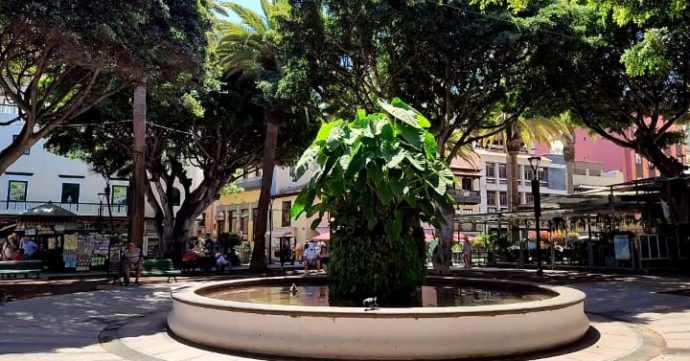
Crossing the square, I walk along Calle Quintana street, which is very different to La Ranilla. The outstanding architectural features of this part of the old town are the modernist and colonial buildings dating back to the early 18th Century, today converted into hotels. Around them are many shops selling fashion, arts & crafts and souvenirs. It is an open-air commercial area which is very busy at any time of day.
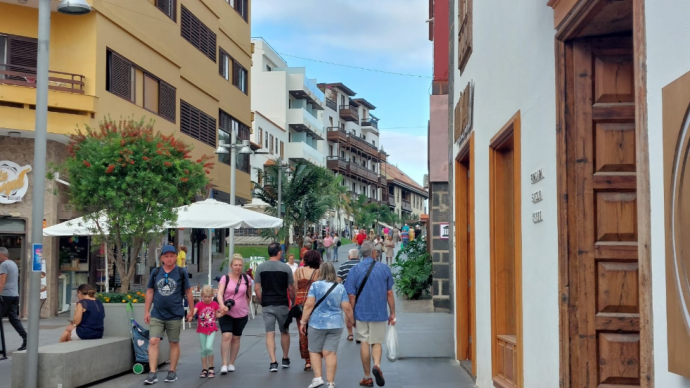
It also has some of the most iconic accommodation options in this zone, like the Hotel Marquesa, once the home of the illustrious Irish trader Bernardo Valois, who settled in the city at the end of the 17th Century. A few metres away is the Hotel Monopol, the birthplace of one of the most illustrious sons of the town – Agustín de Bethencourt. It’s amazing to enter either building and see their square central courtyards and Tuscan columns of original wood holding up the higher floors and their balconies. It’s a trip into the past, a trip of discovery about the original, wealthy owners of the first homes in this part of town.
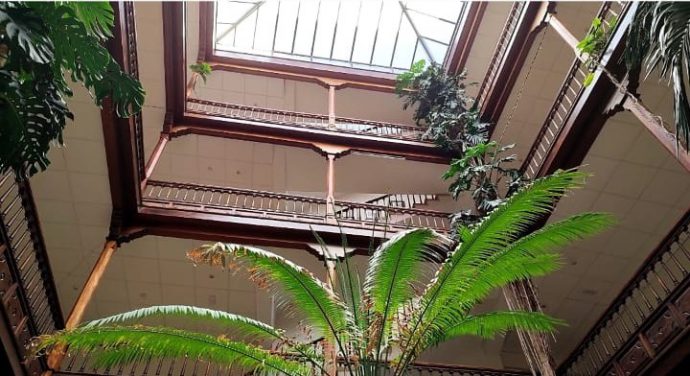
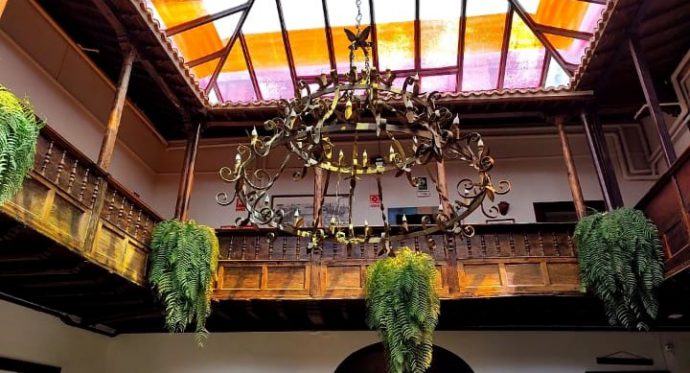
Leaving the hotels to one side, right opposite is the church Parroquia Virgen de la Peña de Francia. Curiously, the most venerated image there, according to the locals, is not the one giving its name to the church, but the Virgen del Carmen, the patron of sailors and the focus of the most popular maritime procession on the island: the embarkation of the Virgen del Carmen together with San Telmo, whose sculpted figure is kept in the chapel we will see further on.
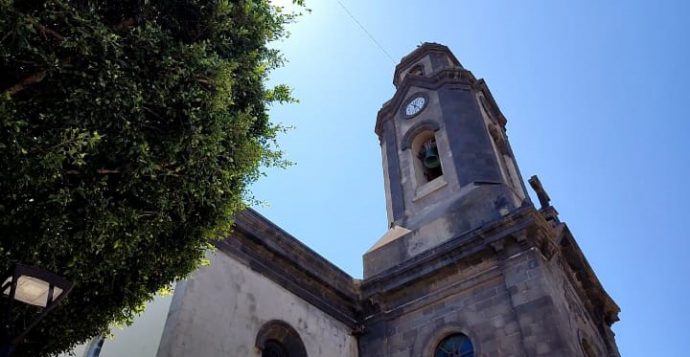
San Telmo also gives his name to the street where his chapel is located. The Paseo de San Telmo is another of the most popular zones of the old town. It runs along part of the coast and has some idyllic views of the sea. It is also another of the most popular swimming areas for the local population, along with tourists, who discover in the pools of San Telmo the essence of the local boy who was born and grew up between the ‘pools of San Telmo’ and the fishermen’s wharf. It’s worth giving them a try!
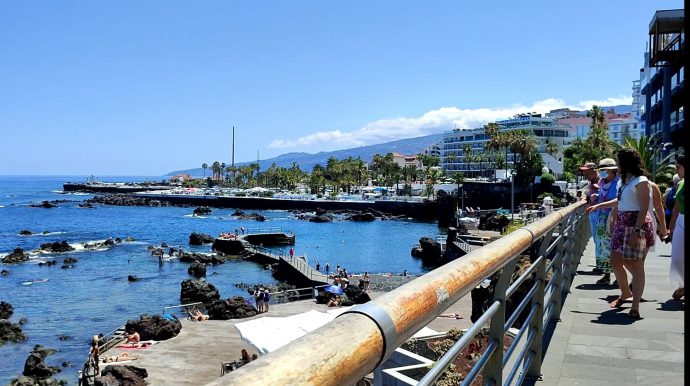
At the end of the walk, surprise! The chapel of San Telmo is open, which is far from normal. It’s small but charming. An oasis of peace among the comings and goings of people taking a midday walk in June. The strollers flow and merge with those in Paseo de Martiánez, where the famous Lago Martiánez complex and its swimming pools are located. They are the work of the architect from Lanzarote, César Manrique, whose personal style is easily recognised.
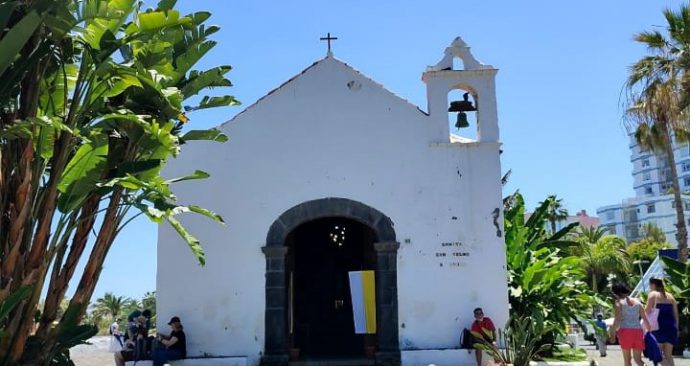
Along the Paseo de Martiánez we reach Avenida de las Palmeras, and after going up a few metres by the Calzada de Martiánez, we turn left and arrive at Calle San Amaro. This is another picturesque pedestrian area with various stretches of stairs bearing the titles of each and every one of the works published by Agatha Christie, including The Mysterious Mr Quinn and The Mystery of the Blue Train, the inspiration for which came to the author while on this island.
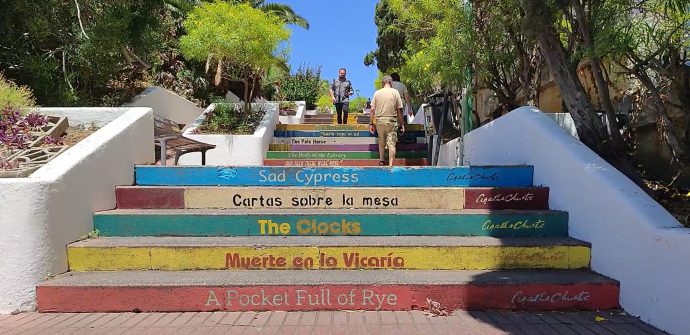
The British author spent a number of weeks on Tenerife in 1926 and 1927, and Puerto de la Cruz has not forgotten. Not only are there the coloured stairs, but there is also a bust of her at the Mirador de la Paz viewpoint and a street or “Paseo” named after her nearby, by which we continue along our route.
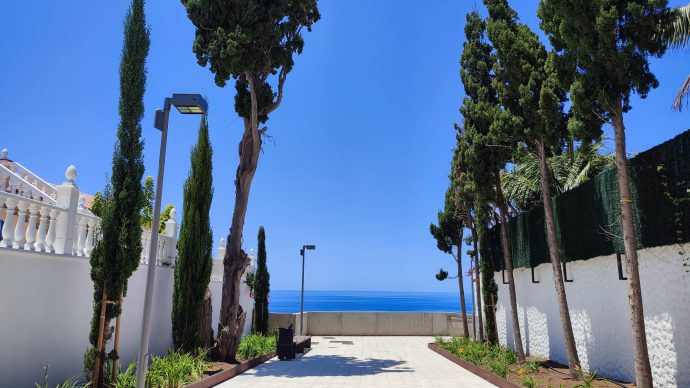
Paseo de Agatha Christie runs into Paseo de la Costa, from where we can clearly see how the town merges into the sea. Walking along it, the journey provides us with another even more impressive viewpoint. It is a fresh, modern zone located inside the Hotel Atlantic Mirage Suites & Spa, where we take a lift to the tenth floor and….
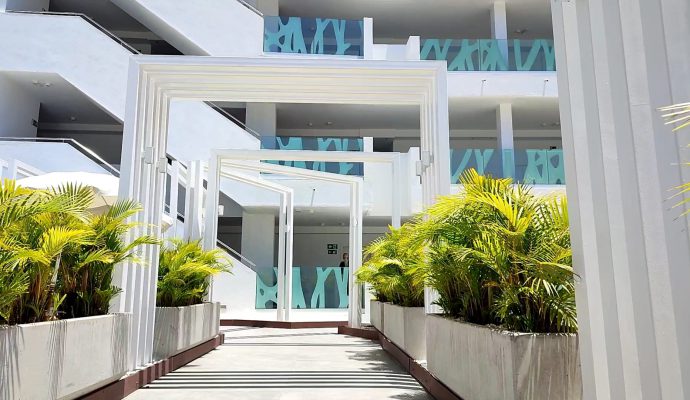
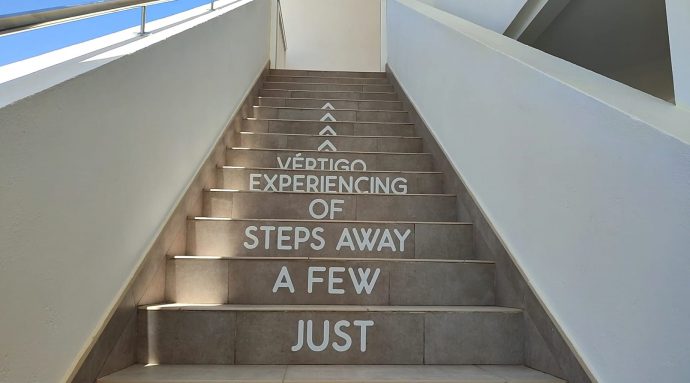
Wow! We’re in Vértigo, an amazing rooftop bar with incredible views of the Martiánez coast, from an impressive height. It’s a perfect place to end a pleasant morning, or evening (they tell me that the sunsets are spectacular!). It’s a busy but also relaxing environment in the same space, where the hotel guests or non-guests who acquire a day pass can spend a relaxing time in its jacuzzis, but also where travellers like me can have a drink or snack worthy of a day like today. I decide on a hamburger of crunchy chicken, deluxe potatoes and water to refresh myself.
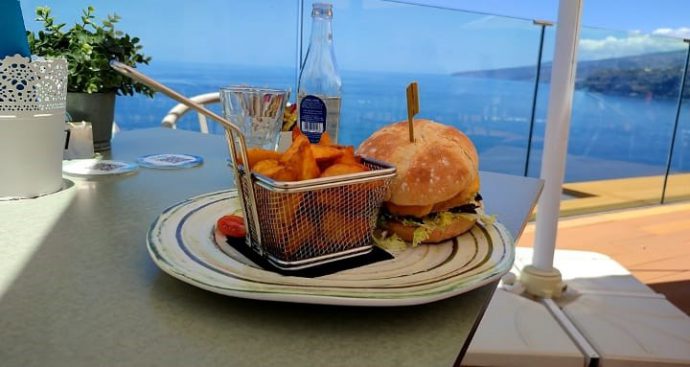
And for dessert? The staff is expert in cocktails, so I go with the house recommendation: Punk it Pink! Just a few ingredients… and into the cocktail mixer. A glass with a cloud of candy floss which dissipates when the mixture is poured by the professional, rounding out the taste of this delicacy. I sip it under a parasol at my table with a sea view… It’s been quite an experience, today… and undoubtedly one I want to repeat.
